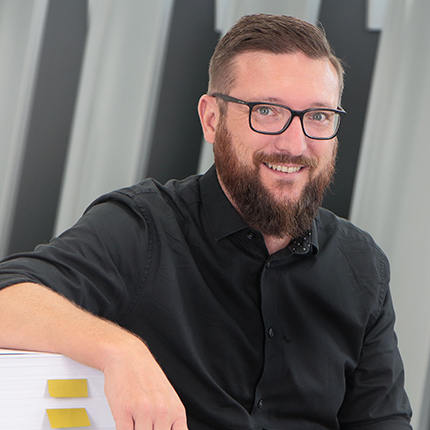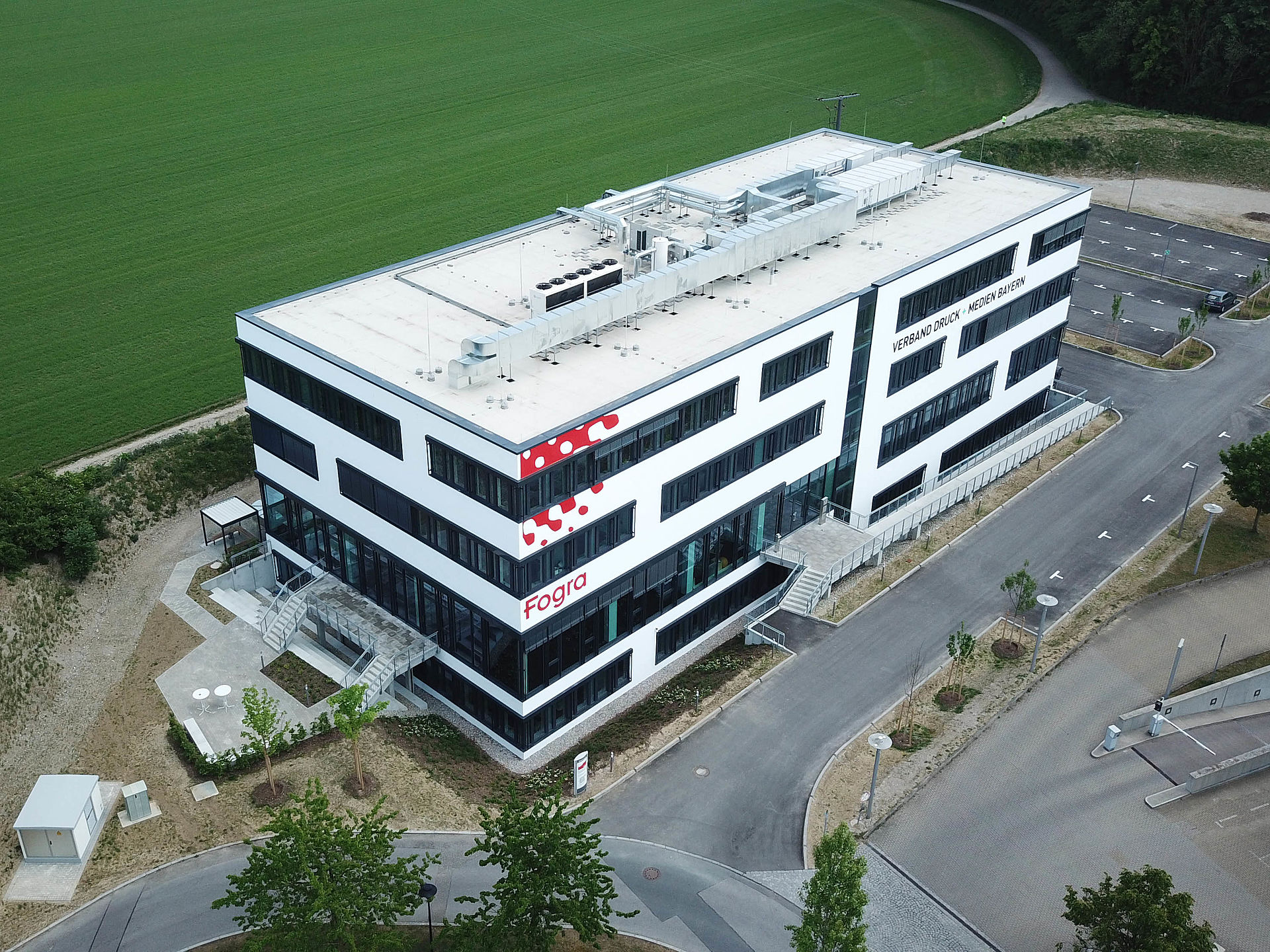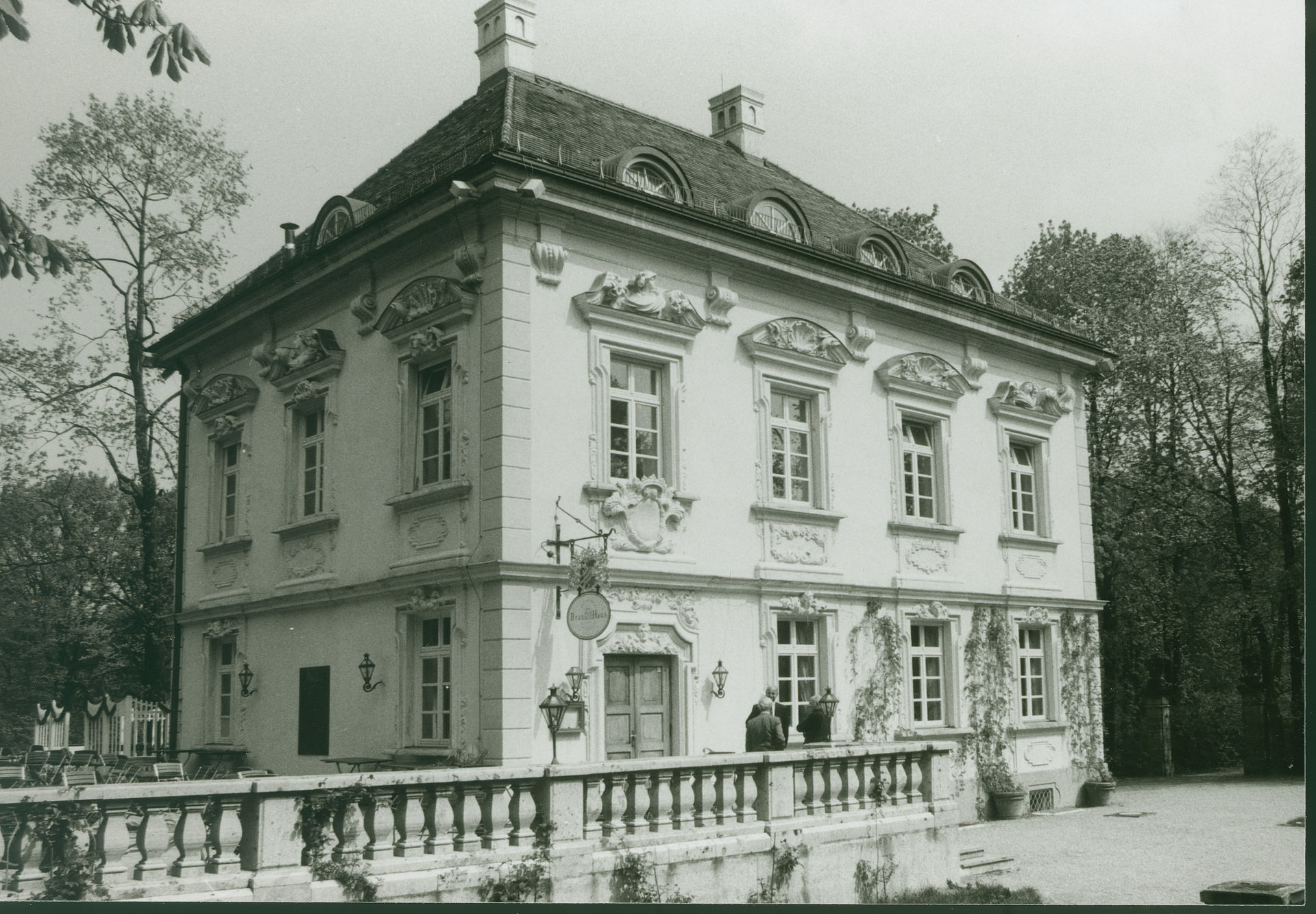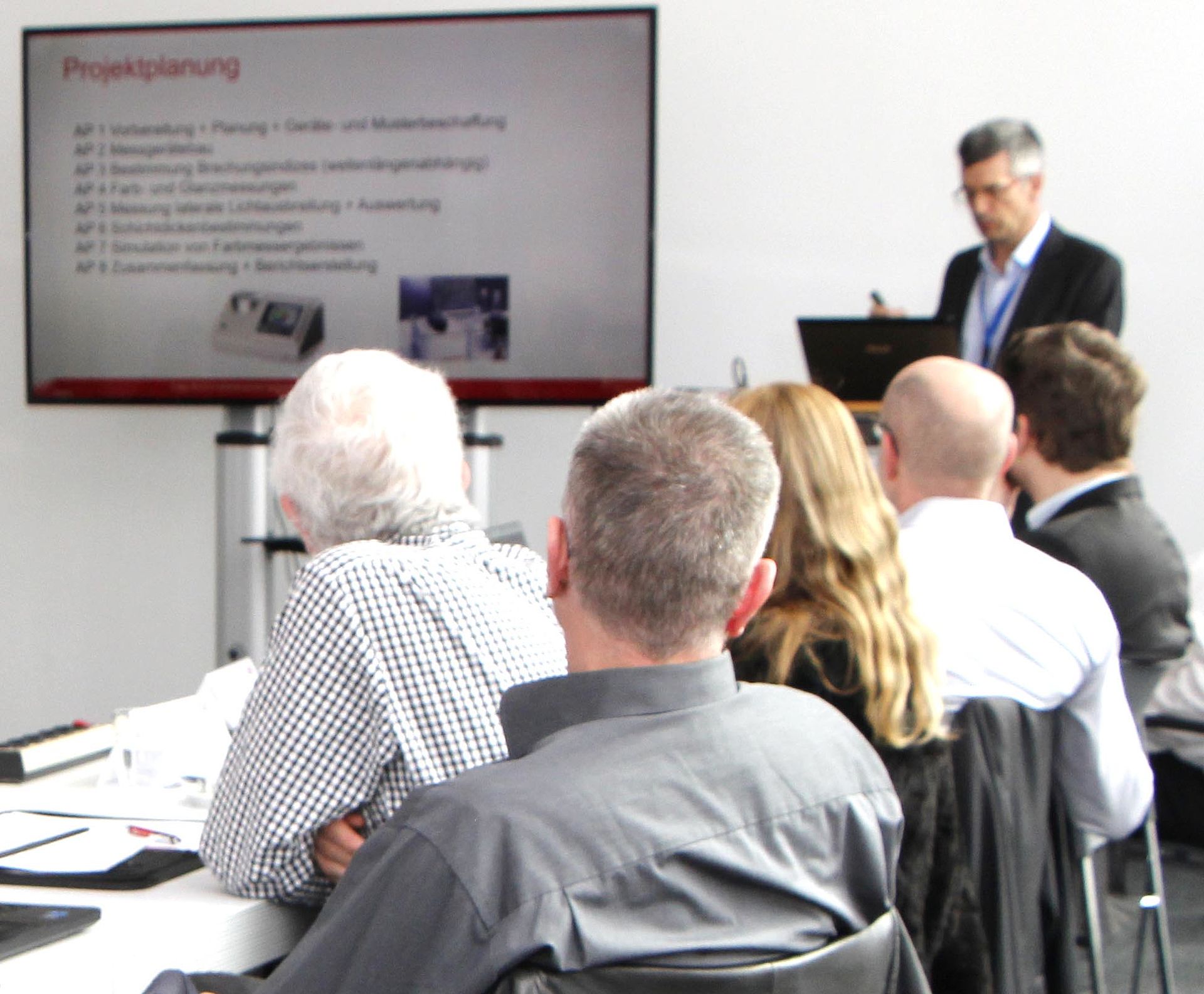Topic of your interest
Fogra today fulfils the same purpose as it did 70 years ago when it was founded and its statutes drafted: it pursues scientific research in the printing and media industry and presents the results to industry in a usable form.
The key idea behind our foundation also continues to mark our work. Competitors sit around the same table on the technical committees and cooperate on technical advances.
In order to ensure its economic viability and to be able to fit out its laboratories with the latest equipment, Fogra is looking to the future and expanding into markets and related industries that are themselves growing.
For the future, Fogra is determined to continue to increase its links with its (international) members and customers and to stay ahead of the game, whether it be in terms of new research trends such as security printing (packaging of medicines), 3D, textile printing, Artificial Intelligence (AI) and photovoltaics or through digital projects such as the Web Academy.
2010 to the present
Digitization is an increasing presence in the work of Fogra and in step with these technical developments two new technical committees, “Digital printing” and “Functional products and identity cards” are set up. Fogra addresses graphic 3D printing and its activities in the field of security applications are further expanded.
The purchase of a plot of land in München-Aschheim represents the first step to a purpose-built home for the institute. Fogra and its staff move to Einsteinring 1a in 2017. This fresh start is accompanied by an updated strapline: “Research Institute for Media Technologies”.
1970
An acute lack of space leads to the institute moving in 1974 to Streitfeldstraße in East Munich. A spacious facility for print trials offers, amongst other things, the opportunity to make the first attempts at automating printing through, for example, the development of a prototype press densitometer. By1974 Fogra has already produced 5,000 expert opinions. The foundations are laid for the work on standardizing offset printing and the key measurement element – the Precision Measurement Strip – starts to be used at the same time. The first Fogra symposia on test formes, densitometry and blankets are extremely well received.
1980
Within the framework of innovation research, the question of how far new technologies for the production of printed products might supplement conventional printing techniques or supplant them is addressed. The first “Handbook for the Standardization of Offset Printing” is published by the Bundesverband Druck e.V. (German Printing Federation) after the conclusion of Fogra’s work. The first investigations into Desktop/Electronic Publishing are launched and the Fogra Print Control Strip is introduced.
1990
Over the years the graphic arts are transformed into an industrial process and in parallel with this Fogra’s name changes in 1993 from the one adopted in 1970 –“the German Research Association for Printing and Reproduction Technology”– to “Fogra, Printing Research Association”. PostScript and media wedges are developed for a prepress that is increasingly digitized. Fogra initiates the founding of the International Color Consortium (ICC). The first Fogra Environment Day is organized and a newly built ID card testing laboratory receives ISO 45000 accreditation.
2000
The Fogra Fault Catalogue is in great demand as a cross-media publication. The internationalization of the institute gathers speed: publications appear in English and German, an international partner programme to support PSO certification outside Germany gets started. FograCert is established as a brand for the suite of services.
The early years
The Bamberger Haus in Munich’s Luitpoldpark was chosen as the home for Fogra when the institute was founded and it was there that the first test devices such as the test printing device or the abrasion resistance tester were developed. The first topic for research back in 1951 was into the health and safety of anti set-off powder.
The 1960s saw the start of the standardization efforts initiated by Fogra in areas such as the colorimetric specification of standard inks. The institute also quickly embarked on its training mission, with the first course being held in 1967 and selling out immediately.
It was certainly a bold ambition to found a research institute for the graphic arts at a time when the economic miracle was still a long way off!
Nevertheless, 13th November 1950 saw the birth of the “Association for the Promotion of Graphic Arts Research”, which had 25 companies and individuals as founder members. At around the same time a number of graphic arts companies in the Stuttgart area got together and formed a work group with the association that also focused on practical research projects.
The association changed its name on 1st September 1951 to the Deutsche Gesellschaft für Forschung im graphischen Gewerbe (German Association for Graphic Arts Research) and this was then shortened to Fogra, which has now become the name by which the association is known.
The key idea was for companies that unlike big industry could not afford their own research departments to be able to make technical progress through cooperation between competitors. Something along the lines of today’s Shared Service Centre, this idea of the founding members was undoubtedly ahead of its time.







